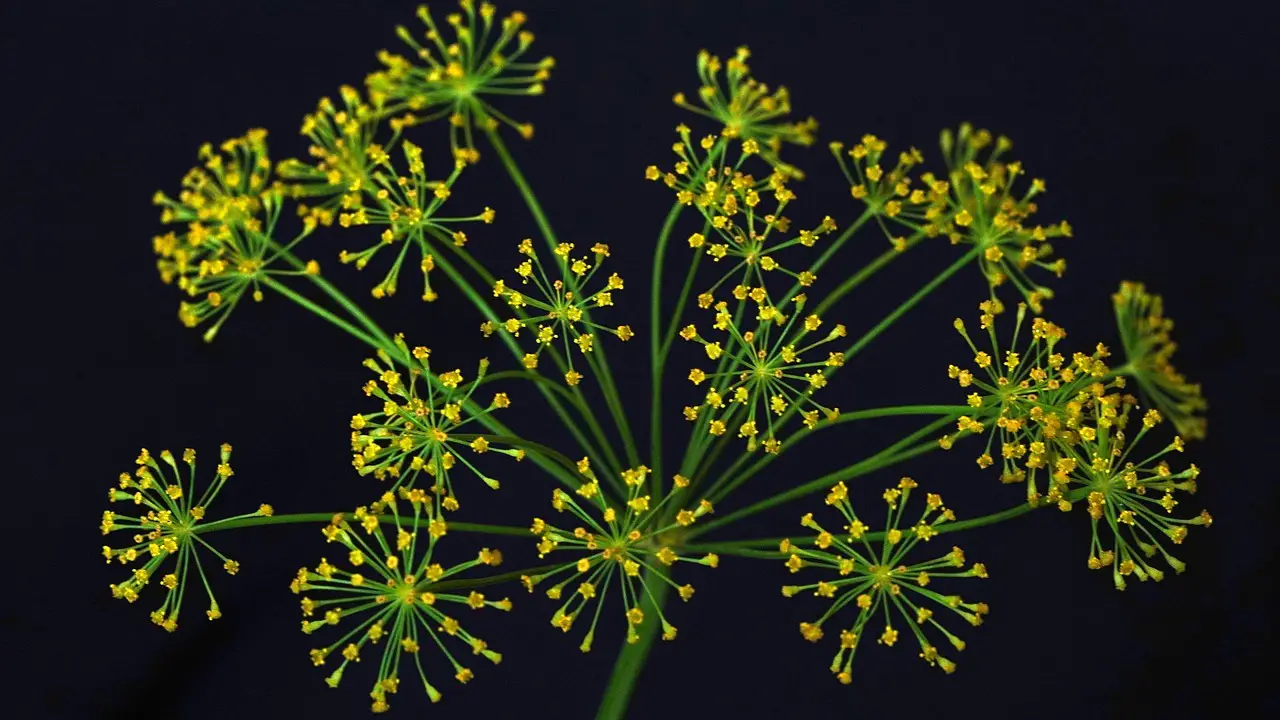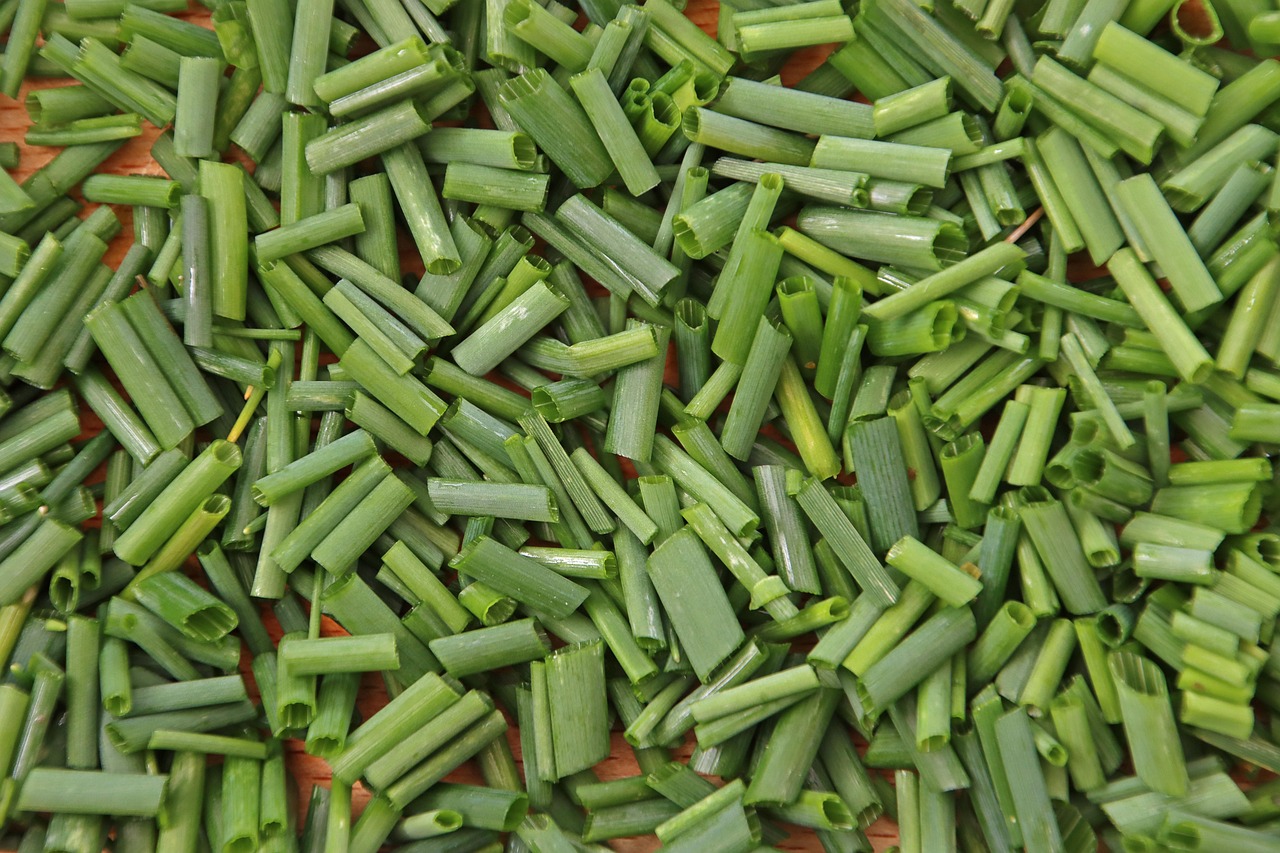Spices are the essence of culinary art. They enhance flavors, add depth to dishes, and offer numerous health benefits. In this article, we will explore various types of spices, their uses, and how they can transform your meals.
Throughout history, spices have played a crucial role in global cuisine. From the ancient trade routes of the Silk Road to modern kitchens around the world, they have been valued not only for their flavor but also for their preservative and medicinal properties. Understanding different spices can elevate your cooking and introduce you to new culinary adventures.

Spices are often derived from various parts of plants, including seeds, bark, roots, and fruits. Unlike herbs, which typically come from the leafy green parts of plants, spices deliver concentrated flavors and aromas. Their unique characteristics can turn an ordinary meal into an extraordinary experience.
Types of Spices
Spices can be categorized in numerous ways, such as by their origin, flavor profile, or usage in cooking. Below is a brief overview of common types of spices along with some examples.
| Type | Examples | Common Uses |
|---|---|---|
| Whole Spices | Cinnamon sticks, Cloves, Star Anise | Used in infusions, dishes requiring long cooking times |
| Ground Spices | Turmeric, Paprika, Cumin | Added to recipes for instant flavor |
| Blends | Curry powder, Garam masala | Enhancing flavor profiles of specific cuisines |
| Pungent Spices | Black pepper, Mustard seeds | Adding heat and depth to dishes |
| Aromatic Spices | Coriander, Cardamom | Used in both sweet and savory dishes for fragrance |
Each spice has its own unique profile that can affect not just flavor but also the health benefits associated with them. For example, turmeric is known for its anti-inflammatory properties, while cinnamon can help regulate blood sugar levels.
The versatility of spices allows cooks to experiment with different combinations. Creating your own blends can lead to unique flavors that reflect personal taste preferences. For instance, combining cumin and coriander can create a warm earthy flavor perfect for stews or curries.
In addition to enhancing flavor, spices can also transform the nutritional profile of meals. Many spices are rich in antioxidants and other beneficial compounds that contribute to overall health. Incorporating a variety of spices into your diet can lead to numerous health benefits, making meals not only tastier but also more nutritious.
Exploring Regional Spices
Different cultures have their own unique spice traditions. Regional cuisines utilize specific spices that define their culinary identity. For instance:
- Indian Cuisine: Known for its extensive use of spices such as cumin, turmeric, and cardamom.
- Mexican Cuisine: Frequently uses chili peppers and coriander to create bold flavors.
- Middle Eastern Cuisine: Often incorporates spices like sumac and za’atar for a distinct taste.
As you explore the world of spices, you will discover how they can enhance both everyday meals and special occasions. Each spice tells a story and reflects the culture from which it originates.
Incorporating a variety of spices into your cooking routine can not only elevate your dishes but also expand your culinary repertoire. Whether you are a seasoned chef or just starting out, understanding spices is essential for anyone looking to spice up their life!
Health Benefits of Spices
Beyond their culinary uses, spices also offer a range of health benefits. Many spices are rich in antioxidants, vitamins, and minerals. Incorporating these ingredients into your diet can contribute to overall wellness. Below are some notable spices and their associated health benefits.
Turmeric
Turmeric is renowned for its vibrant yellow color and is a staple in Indian cuisine. The active compound, curcumin, has powerful anti-inflammatory and antioxidant properties. Studies suggest that turmeric may help with:
- Reducing inflammation: Beneficial for conditions like arthritis.
- Boosting brain function: May lower the risk of neurodegenerative diseases.
- Improving heart health: Can enhance the function of the endothelium.
Cinnamon
Cinnamon is not only a popular baking spice but also a potent health booster. It contains compounds that can help regulate blood sugar levels and improve insulin sensitivity. The benefits of cinnamon include:
- Lowering blood sugar: Useful for people with diabetes.
- Anti-inflammatory effects: Helps in reducing inflammation in the body.
- Antimicrobial properties: Can fight bacteria and fungi.
Ginger
Ginger is commonly used in both cooking and traditional medicine. It is well-known for its ability to alleviate nausea and digestive issues. Additionally, ginger offers several health benefits:
- Relieving nausea: Particularly effective for morning sickness during pregnancy.
- Reducing muscle pain: Can help with post-exercise soreness.
- Lowering blood sugar levels: May improve metabolic health.
Spices in Cooking Techniques

The way spices are used in cooking can significantly affect the flavor and aroma of dishes. Different techniques can enhance spice flavors, making meals more enjoyable.
Toasting Spices
Toasting whole spices before use can unlock their essential oils and deepen their flavors. This method works particularly well with spices like:
- Cumin seeds
- Coriander seeds
- Peppercorns
To toast spices, simply place them in a dry skillet over medium heat. Stir frequently until they become fragrant, usually just a few minutes.
Infusing Spices
Infusing spices into oils or broths allows their flavors to permeate dishes effectively. This technique is commonly used in:
- Sauces and marinades
- Soups and stews
- Stir-fry dishes
To infuse spices, add them to hot oil or liquid and allow them to simmer for a period, letting the flavors meld.
How to Store Spices

Proper storage of spices is crucial for maintaining their flavor and potency over time. Here are some tips on how to store your spices effectively:

- Keep them cool: Store spices in a cool, dark place away from direct sunlight.
- Airtight containers: Use airtight jars or containers to prevent moisture and air exposure.
- Label and date: Always label your spices with the name and purchase date to keep track of freshness.
By following these storage tips, you can ensure that your spices remain flavorful and effective for longer periods, allowing you to enjoy their benefits in your cooking.
Popular Spices Around the World
As we delve deeper into the world of spices, it is essential to highlight some of the most popular and widely used spices across various cuisines. Each spice brings its unique flavor, aroma, and culinary application. Here are some of the most beloved spices that have made their mark globally.
Black Pepper
Known as the “king of spices,” black pepper is one of the most commonly used spices worldwide. It is derived from the dried berries of the Piper nigrum plant. Black pepper enhances the flavor of numerous dishes, from savory to sweet. Its health benefits include:
- Rich in antioxidants: Helps to combat oxidative stress.
- Aiding digestion: Stimulates the secretion of digestive enzymes.
- Anti-inflammatory properties: May help with conditions like arthritis.
Chili Peppers
Chili peppers add heat and spice to dishes, and they come in various varieties, including jalapeños, habaneros, and cayenne. The active component, capsaicin, is responsible for their spiciness and offers several benefits:
- Pain relief: Capsaicin can reduce pain when applied topically.
- Boosting metabolism: May aid in weight loss by increasing metabolic rate.
- Rich in vitamins: High in vitamin C and other essential nutrients.
Oregano
Oregano is a staple herb in Mediterranean cuisine, known for its robust flavor. It can be used fresh or dried and is popular in dishes like pizza and pasta sauce. Oregano also offers health benefits such as:
- Antimicrobial properties: Contains compounds that fight bacteria and viruses.
- Aids digestion: Can relieve gastrointestinal discomfort.
- Rich in antioxidants: Helps protect cells from damage.
Culinary Uses of Spices
Understanding how to use spices effectively can enhance your cooking skills and elevate your meals. Here are some culinary applications for various spices:
Seasoning Meats
Spices can greatly enhance the flavor of meats. Common practices include marinating meats with spices or creating dry rubs. Some popular seasoning options include:
- Garlic powder: Adds depth and richness.
- Paprika: Provides a sweet, smoky flavor.
- Cumin: Offers a warm, earthy taste.
Flavoring Soups and Stews
Spices are often essential in soups and stews, where their flavors can develop over time during cooking. Consider using:
- Bay leaves: Add subtle depth to broths.
- Thyme: Complements hearty ingredients.
- Turmeric: Gives a warm color and earthy flavor.
Baking with Spices
Spices play a vital role in baking, especially in desserts. They can enhance flavors in baked goods such as cookies and cakes. A few commonly used spices include:
- Cinnamon: Perfect for sweet treats like apple pie.
- Nutmeg: Adds a warm, nutty flavor to cakes and pastries.
- Anise: Imparts a sweet licorice flavor in certain recipes.
Utilizing these spices correctly can transform your cooking experience and enable you to create delightful dishes that cater to various tastes and preferences. By experimenting with different combinations and applications, you will discover the vast world of flavors that spices can offer. Enjoy exploring new culinary horizons with spices!
Exploring Spice Combinations
One of the joys of cooking with spices is experimenting with different combinations. Combining spices can create unique flavor profiles that enhance your dishes. Here are some popular spice combinations that you might consider trying:
Classic Combinations
Some spice combinations have stood the test of time and are used in various cuisines around the world:
- Cumin and Coriander: This duo is often found in Indian and Mexican dishes, offering a warm, earthy flavor.
- Garlic and Rosemary: A perfect match for roasted meats and vegetables, providing a fragrant aroma.
- Ginger and Cinnamon: Commonly used in baking, this combination adds warmth and sweetness.
Regional Spice Blends
Many cultures have their unique blends of spices that define their culinary traditions. Here are a few examples:
- Garam Masala: An Indian spice blend that typically includes cardamom, cloves, cinnamon, and cumin.
- Ras el Hanout: A Moroccan spice mix featuring a variety of spices such as cinnamon, cumin, and turmeric.
- Herbes de Provence: A French blend that often includes thyme, rosemary, and lavender, ideal for enhancing Mediterranean dishes.
Cooking with Fresh vs. Dried Spices
When it comes to cooking with spices, you may encounter both fresh and dried versions. Each has its own benefits and uses in the kitchen:
Fresh Spices
Fresh spices, such as herbs, often provide a brighter flavor and aroma compared to their dried counterparts. They can be used in:
- Salsas and salad dressings: Fresh herbs can elevate these dishes with vibrant flavors.
- Marinades: Adding fresh herbs can enhance the overall taste of marinated meats or vegetables.
Dried Spices
Dried spices, on the other hand, are more concentrated in flavor and have a longer shelf life. They are ideal for:
- Slow-cooked dishes: Their flavors meld beautifully over time in soups and stews.
- Baking: Dried spices can add depth to baked goods like cakes and breads.
Final Thoughts
The world of spices is vast and fascinating. They not only enhance the flavors of our meals but also bring health benefits and cultural significance to our culinary experiences. From understanding how to store them properly to exploring various combinations, spices offer endless possibilities for creativity in the kitchen.
As you incorporate spices into your cooking, consider experimenting with new blends and techniques. Embrace the journey of flavor exploration by trying different regional cuisines or creating your own signature spice mix. Whether you are preparing a simple weeknight dinner or an elaborate feast, the right spices can elevate your dishes to new heights.
By understanding the diverse types of spices available, their health benefits, and how to use them effectively, you can truly spice up your life and make every meal a delightful experience. Dive into the culinary world of spices and let your creativity flourish!
